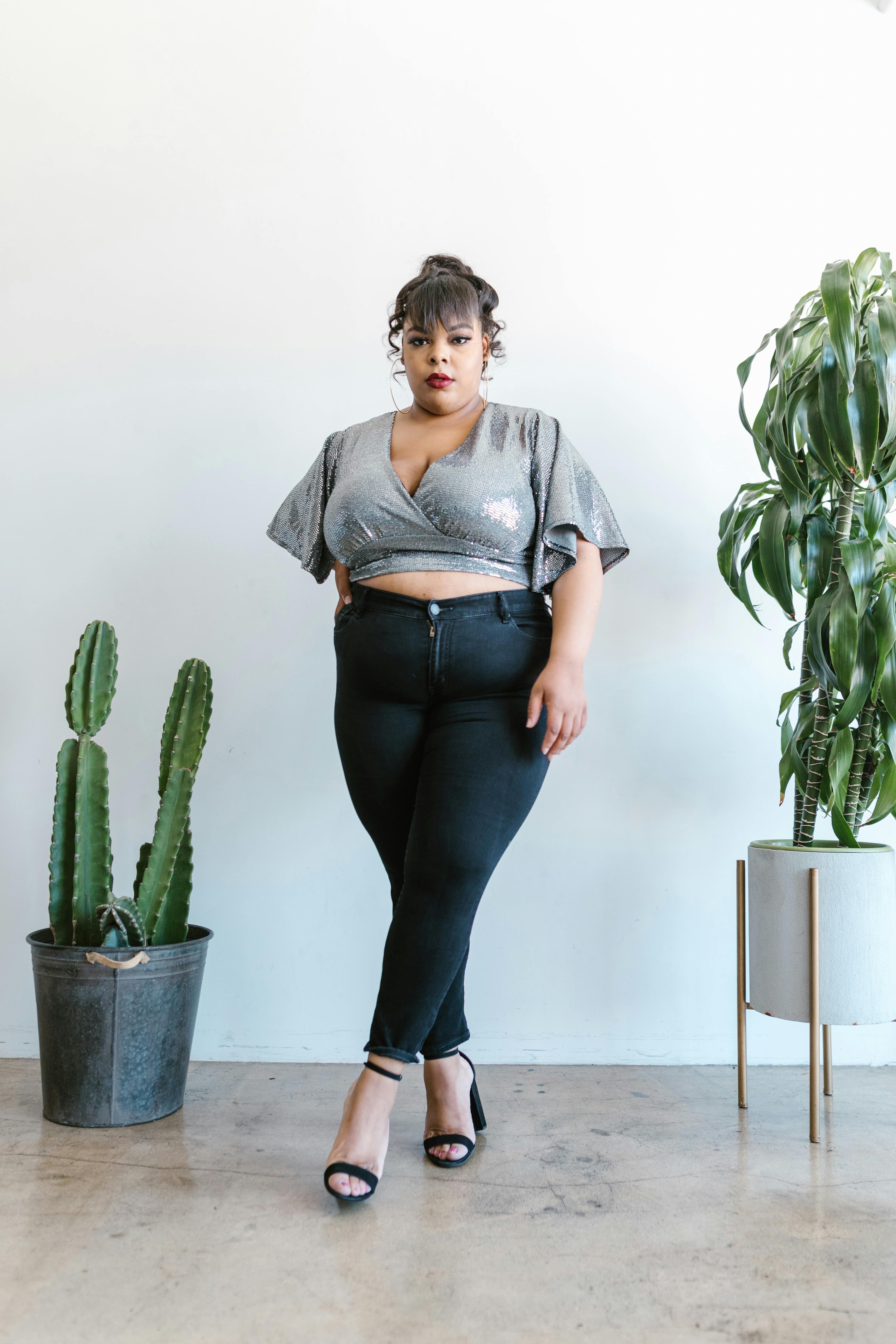Deciphering the Enigma of Androgynous Fashion: Its Impact and Influence on Modern Style
Fashion, like a chameleon, has always adapted to the zeitgeist, reflecting societal shifts and cultural evolutions. One such transformative trend that has risen to prominence is androgynous fashion. Far from being a fleeting fad, androgynous fashion has been subtly reshaping the fashion landscape, blurring the traditional lines of gender-specific dressing. Let's delve into the intriguing world of androgynous fashion, tracing its roots, examining its current status, and forecasting its potential impact on future fashion trends.

Androgynous Fashion: A Historical Perspective
Androgynous fashion traces its roots back to the 1920s, marked by the rise of the ‘flapper’ style. The flapper girls shunned the conventional feminine attire of the time in favor of shorter hair, looser clothing, and overall, a more masculine aesthetic. This was a radical departure from the norm, a bold statement of rebellion against the traditional gender roles.
The trend gained more traction in the 1960s and 70s, with the advent of the unisex fashion movement. It became increasingly acceptable for women to don men’s clothing, while men embraced styles traditionally associated with women. Icons like David Bowie and Annie Lennox were pioneering figures, pushing the boundaries of gender norms and challenging societal expectations through their style choices.
The Current Landscape of Androgynous Fashion
Fast forward to the present day, and androgynous fashion continues to hold sway over the fashion industry. The trend has transcended beyond clothing, influencing hairstyles, makeup, and even body language. From high-street brands to luxury fashion houses, androgynous designs have become a staple.
The appeal of androgynous fashion lies in its inherent versatility. It offers a middle ground, a haven for those who find the traditional gender-specific fashion restrictive. It allows individuals to express their identity authentically, without the constraints of societal norms.
Androgynous Fashion’s Influence on Buyers and Shopping Trends
Androgynous fashion has significantly influenced shopping trends. Consumers are now more open to buying from sections traditionally not assigned to their gender. This shift has also led to an increase in the popularity of gender-neutral clothing lines and stores.
Moreover, the trend has impacted the way fashion brands market and advertise their products. More brands are embracing diversity and inclusivity in their campaigns, showcasing models of different genders, wearing similar styles.
Practical Insights into Androgynous Fashion
- Androgynous fashion isn’t about denying your gender but about embracing versatility in style. Don’t shy away from experimenting.
- Oversized clothing, button-down shirts, and boyfriend jeans are great starting points for incorporating androgynous elements into your wardrobe.
- Accessories play a crucial role in androgynous fashion. Opt for minimalistic, geometric designs for a more androgynous look.
- Remember, confidence is key. Wear your outfit with pride and express your individuality without fear.
The Future of Androgynous Fashion
Androgynous fashion is more than just a trend—it’s a movement, a statement, a revolution of sorts. It has profoundly influenced not just the way we dress but also the way we perceive fashion. As societal norms continue to evolve and become more inclusive, it’s safe to predict that androgynous fashion will continue to rise in prominence, pushing the boundaries of what’s considered ‘normal’ in fashion. So, whether you’re a fashion enthusiast or a casual observer, keep an eye on this exciting trend—it’s here to stay, and its impact is undeniable.




